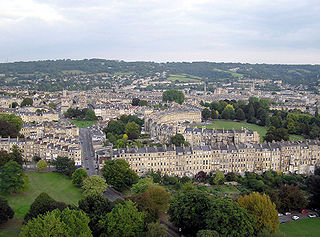The year 1868 in architecture involved some significant events.
The year 1852 in architecture involved some significant architectural events and new buildings.
The year 1909 in architecture involved some significant events.
The year 1757 in architecture involved some significant events.
The year 1763 in architecture involved some significant architectural events and new buildings.
The year 1788 in architecture involved some significant events.
The year 1858 in architecture involved some significant events.
The year 1774 in architecture involved some significant events.
The year 1789 in architecture involved some significant events.

The year 1748 in architecture involved some significant events.
The year 1827 in architecture involved some significant architectural events and new buildings.
The year 1824 in architecture involved some significant events.

The Galli–Bibiena family, or Galli da Bibiena, was a family of Italian artists of the 17th and 18th centuries, including:

Francesco Galli, called Francesco da Bibiena, or da Bibbiena (1659-1739) was a member of the theatrical Galli da Bibiena family and younger brother of Ferdinando Galli.
The year 1760 in architecture involved some significant events.
The year 1717 in architecture involved some significant events.
The year 1755 in architecture involved some significant events.

The buildings and architecture of Bath, a city in Somerset in the south west of England, reveal significant examples of the architecture of England, from the Roman Baths, to the present day. The city became a World Heritage Site in 1987, largely because of its architectural history and the way in which the city landscape draws together public and private buildings and spaces. The many examples of Palladian architecture are purposefully integrated with the urban spaces to provide "picturesque aestheticism". In 2021, the city was added to a second World Heritage Site, a group of historic spa towns across Europe known as the "Great Spas of Europe". Bath is the only entire city in Britain to achieve World Heritage status, and is a popular tourist destination.

The Parish Church of St Luke, Chelsea, is an Anglican church, on Sydney Street, Chelsea, London SW3, just off the King's Road. Ecclesiastically it is in the Deanery of Chelsea, part of the Diocese of London. It was designed by James Savage in 1819 and is of architectural significance as one of the earliest Gothic Revival churches in London, perhaps the earliest to be a complete new construction. St Luke's is one of the first group of Commissioners' churches, having received a grant of £8,333 towards its construction with money voted by Parliament as a result of the Church Building Act of 1818. The church is recorded in the National Heritage List for England as a designated Grade I listed building. The gardens of St Luke's are Grade II listed on the Register of Historic Parks and Gardens.





